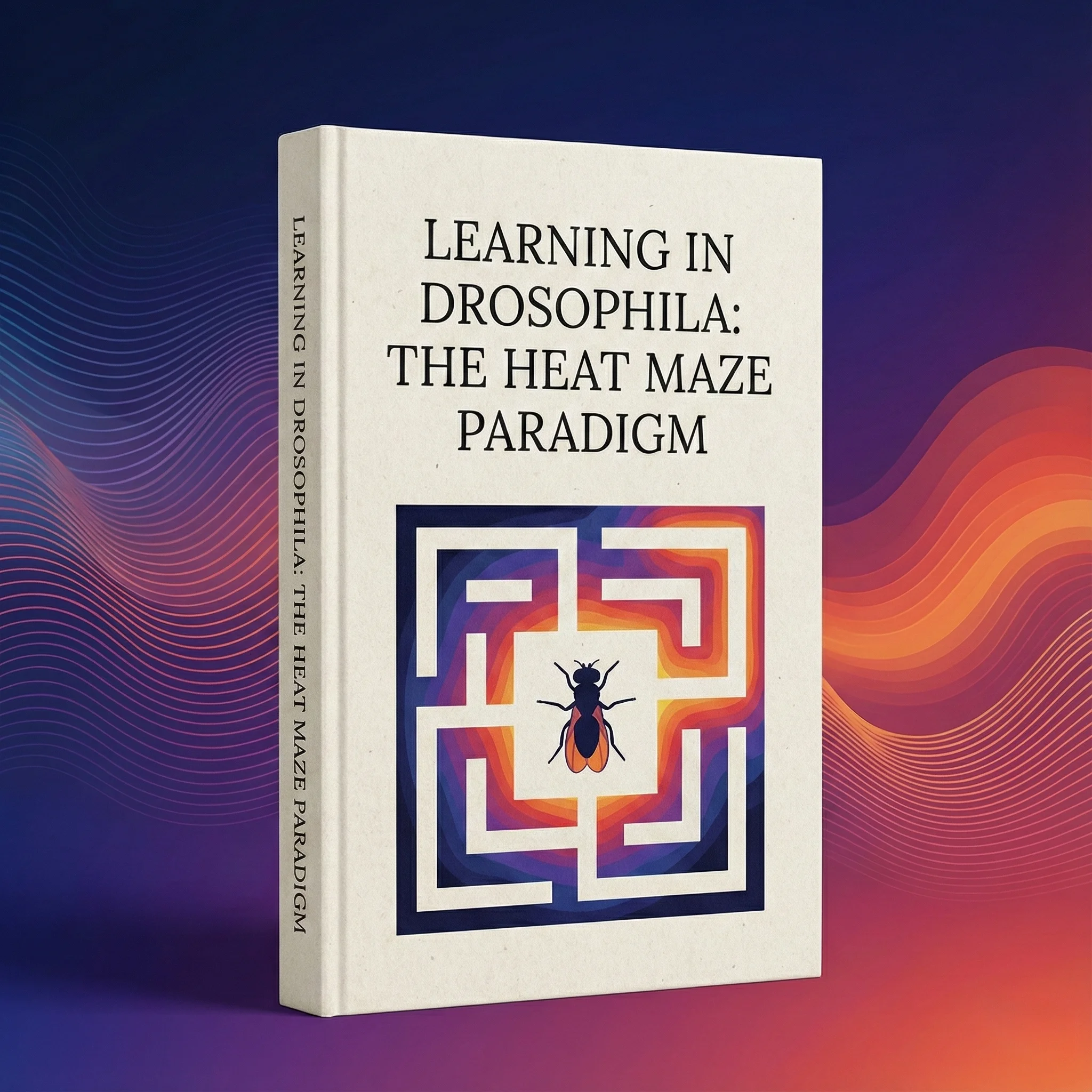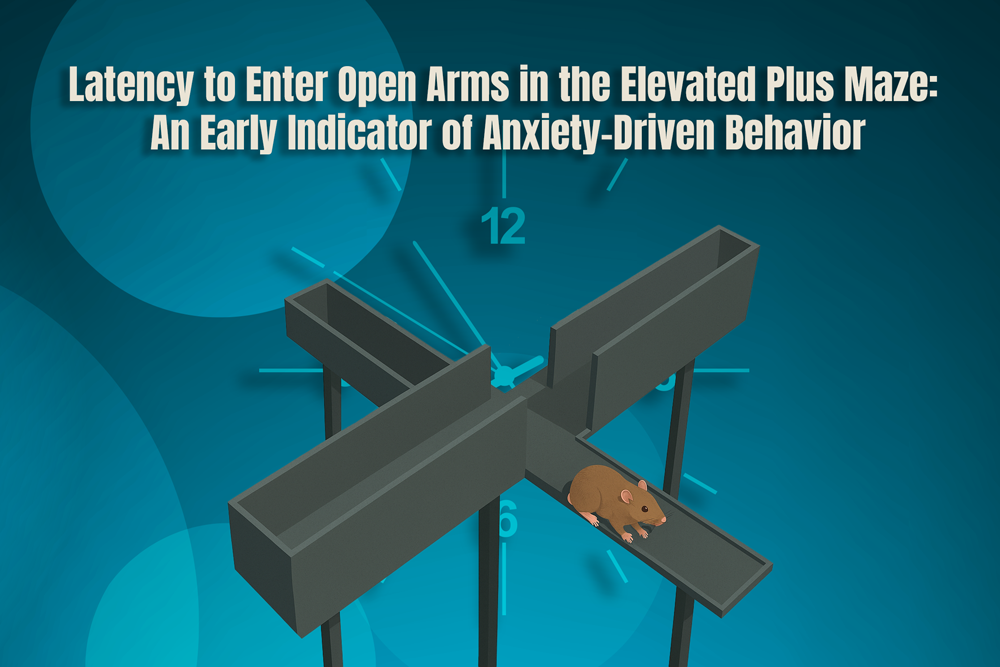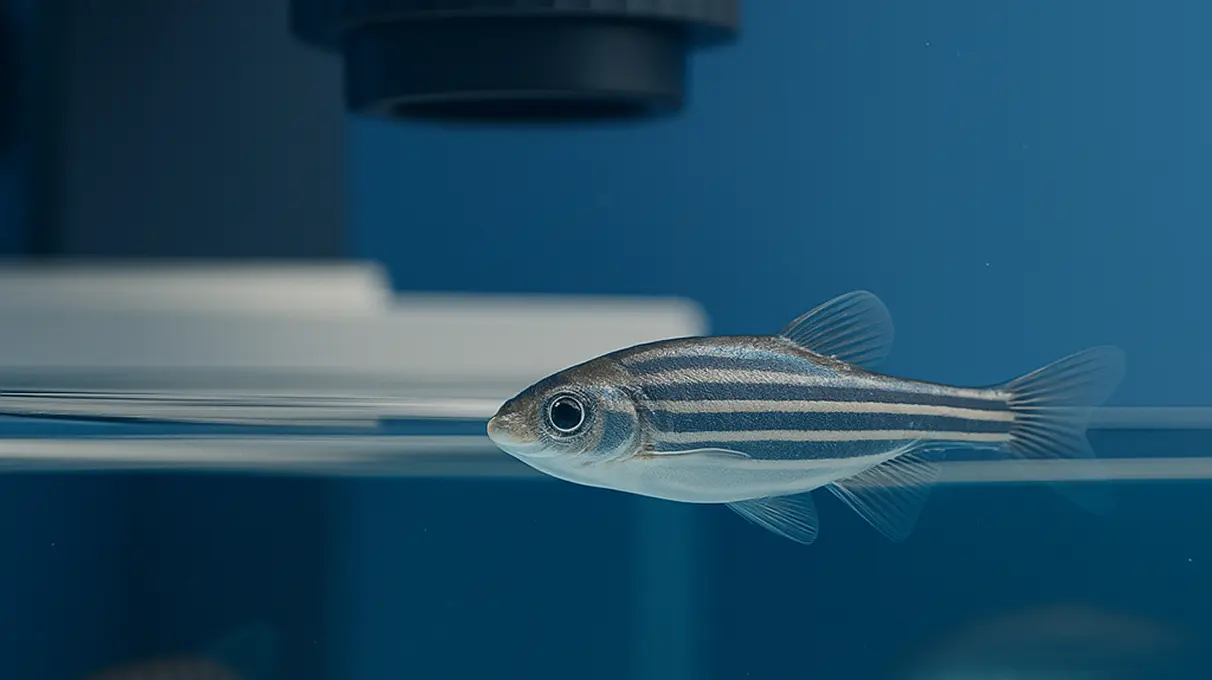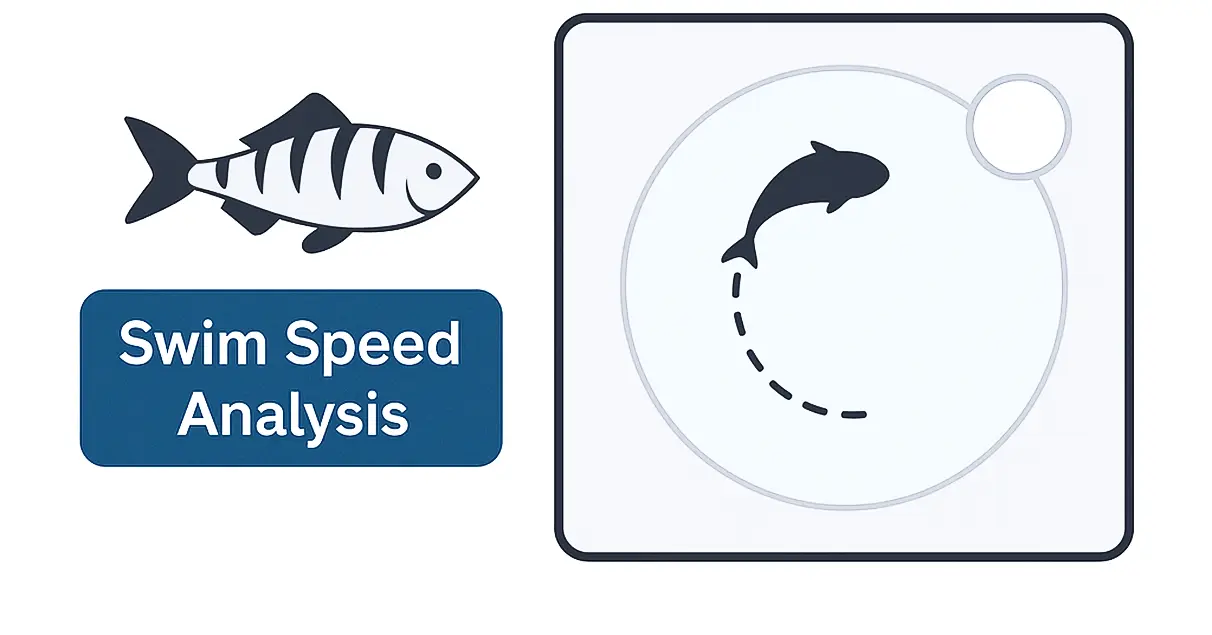

In behavioral neuroscience, latency-based metrics serve as sensitive indicators of emotional states, particularly within anxiety research. Among these, “Latency to Enter Open Arms” in the Elevated Plus Maze (EPM) offers a precise and early insight into a subject’s risk-assessment behavior. This measure quantifies the time it takes for a rodent to first enter an open arm—a zone that, due to its exposure and elevation, is typically perceived as threatening.
At Conduct Science, we are committed to equipping researchers with rigorously validated tools and protocols. We believe that each behavioral measure tells a unique story about the brain. In this article, we delve deep into the significance of latency as an anxiety metric, its proper methodological use, and how it fits within a broader behavioral research framework.
Latency to enter open arms is the time interval between the start of a test and the moment when a rodent fully commits to exploring the open arm of the EPM—defined by all four paws entering the arm. This parameter reflects a critical moment in the animal’s behavior, driven by an internal conflict between the drive to explore and the instinct to avoid danger.
A long latency suggests elevated anxiety levels or cautious behavior. A short latency, conversely, is indicative of lower anxiety or a propensity for risk-taking. Latency provides insight into the animal’s immediate judgment, before more complex patterns of movement or interaction unfold.
Latency represents the animal’s very first major behavioral decision—whether to explore a threatening space. This early decision is often reflective of the subject’s baseline anxiety and can shape the trajectory of the entire testing session.
Pharmacological agents such as benzodiazepines (e.g., diazepam) have been shown to reduce latency, suggesting anxiolytic efficacy. Conversely, stress paradigms (e.g., chronic restraint stress), genetic mutations (e.g., 5-HT1A receptor knockouts), or environmental deprivation all tend to increase latency (Lister, 1987; Pellow et al., 1985).
When test conditions are well-controlled, latency shows lower variability across individuals compared to other metrics like total time in open arms or number of entries. This consistency makes it ideal for studies with small sample sizes or those requiring high precision.
Because latency is recorded before general exploration begins, it is less influenced by global activity levels. This makes it particularly useful in distinguishing true anxiety effects from sedative or hyperactive states.
Conduct Science encourages adherence to strict methodological standards to ensure reliable data:
Place the rodent in the center square of the EPM, always facing a closed arm. This minimizes directional bias and standardizes the animal’s choice architecture.
Latency should begin the moment the animal is released, and ends only when all four paws enter an open arm. Any partial explorations or head-dips do not count.
Typical trial length is 5-10 minutes. If the subject fails to enter an open arm within this window, the latency should be recorded as the maximum trial time.
Ensure uniform lighting, low ambient noise, and consistent maze cleaning practices to avoid external stressors influencing the data.
Latency to open-arm entry should be viewed as one part of a holistic behavioral profile. An integrated analysis should consider additional EPM metrics, including:
The true strength of latency lies in its predictive capacity—providing insights into how quickly an animal is willing to confront a stressful environment, which can inform both short-term behavioral states and long-term affective profiles.
Drug Screening and Therapeutic Evaluation
Latency is a key parameter in the early screening of novel anxiolytics, antidepressants, and other neuropsychiatric treatments. A statistically significant decrease in latency is often a primary endpoint in preclinical efficacy testing.
Genetic and Epigenetic Research
Rodent models with targeted gene deletions or modifications, such as CRF overexpression, BDNF knockouts, or SERT deficiencies, frequently show prolonged latencies. These models help researchers explore the molecular underpinnings of anxiety (Kalueff et al., 2007).
Early-Life Stress and Environmental Programming
Latency serves as a sensitive metric for detecting behavioral outcomes of early-life adversities such as maternal separation, social isolation, or prenatal stress. Environmental enrichment, conversely, can shorten latency times, reflecting improved emotional resilience (Francis et al., 2002).
Executive Function and Risk Appraisal
Because latency reflects risk-avoidance behavior, it offers a behavioral correlate for cognitive-emotional integration, contributing to studies of executive dysfunction in models of PTSD or generalized anxiety disorder.
Combining latency with complementary metrics can reduce false positives and improve overall validity.
Latency to enter open arms is more than just a stopwatch measurement—it is a window into behavioral hesitation, emotional reactivity, and decision-making under pressure. As an early-stage metric in the Elevated Plus Maze, it provides critical insights into the rodent’s internal state before confounding behavioral variability sets in.
At Conduct Science, we believe that precision behavior tracking, when paired with rigorous protocols, offers unmatched insight into animal models of emotion. Latency metrics, especially when analyzed in tandem with broader behavioral patterns, can illuminate the underlying neural circuits of fear, risk, and resilience—bringing us closer to translational breakthroughs in anxiety research.











Dr Louise Corscadden acts as Conduct Science’s Director of Science and Development and Academic Technology Transfer. Her background is in genetics, microbiology, neuroscience, and climate chemistry.
